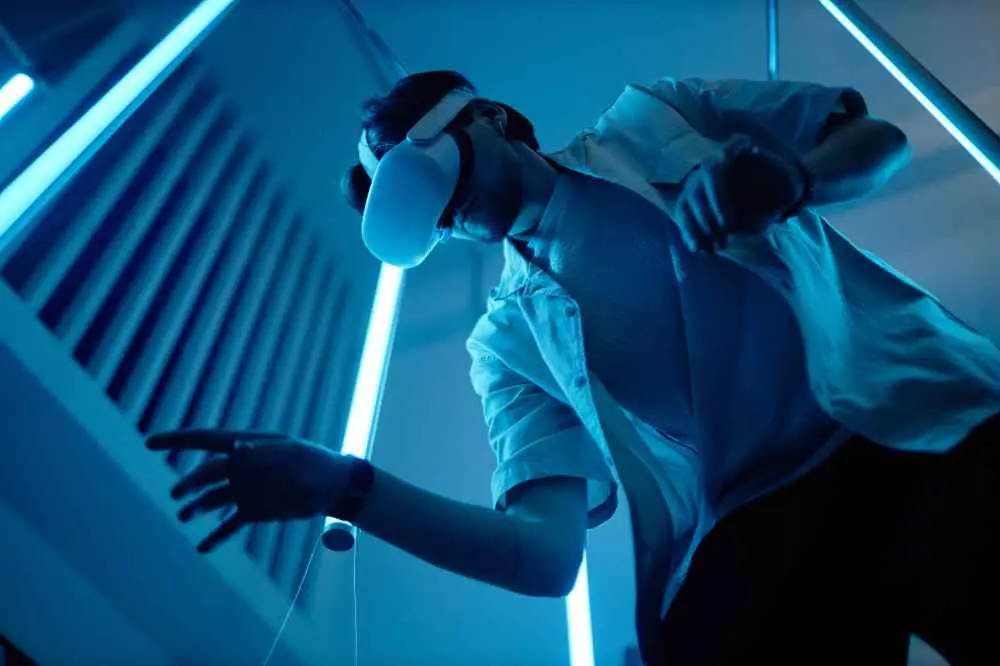Exploring Virtual Museums in the Digital Age
Introduction to Virtual Museums
In today's world, virtual museums are becoming increasingly popular, uncovering new opportunities for art and culture lovers. Thanks to modern technologies, we have the chance to visit the greatest treasures of cultural heritage from anywhere in the world. What makes virtual museums so attractive? Let's take a closer look.
History of Virtual Museums
The first virtual museums began to appear in the early 1990s, when the Internet was becoming more widespread. Museums began digitizing their collections to make them available to a wider audience. Over the years, technologies such as 3D photography, virtual reality (VR) and interactive applications have enhanced the user experience. Today, many cultural institutions offer full digital collections that can be browsed in an intuitive and engaging way.

Advantages of Virtual Museums
Virtual museums offer a number of benefits that attract both the touring public and researchers. First and foremost, they eliminate geographic barriers, allowing exploration of artworks and exhibits regardless of location. They are also capable of attracting visitors who, for various reasons, cannot travel to a specific location.
In addition, interactive platforms allow a deeper connection with works of art. Users can click on individual paintings to learn more about their history and technique. Such a personalized experience allows for a better understanding and appreciation of art.
Technologies Used in Virtual Museums
Virtual museums use a variety of technologies to make the experience as realistic and engaging as possible. 3D photography and laser scanning are two of the most commonly used methods to create virtual models of exhibits. With these techniques, users can see objects from different angles, which mimics an actual tour.
Innovations such as virtual reality (VR) and augmented reality (AR) are also used in some projects. With these technologies, users can move into the museum in an even more immersive way. For example, using VR goggles, one can literally "enter" a virtual exhibition room.
Examples of Virtual Museums
There are many examples of virtual museums that have made cultural history. The Louvre Museum in Paris offers virtual exhibitions and 3D models to explore its rich collections. The British Museum, on the other hand, provides access to more than 2 million objects online, hosting thematic exhibitions that draw you into the history of different cultures.
The Museum of Modern Art in New York (MoMA) also makes its collections available in virtual form. Through their platforms, art lovers can see not only paintings, but also films and art installations. Despite the physical distance, you can feel like you're at a live exhibition.
Impact on Education and Cultural Engagement
Virtual museums have a significant impact on education and cultural engagement. They allow students and teachers to access resources that were previously difficult to obtain. Through educational platforms, students can participate in virtual lessons and workshops, which is becoming a great complement to traditional teaching methods.
It is also worth noting that in the era of the COVID-19 pandemic, when traditional museums were closed, virtual museums have become not only an alternative, but even an essential tool for preserving access to culture. They have contributed to increased public awareness of the importance of art and culture in our lives.
The Future of Virtual Museums
What are the future directions of virtual museums? It can be expected that over time, technologies such as artificial intelligence (AI) and data analysis will play an increasingly important role. Thanks to them, museums will be able to better adapt to the needs of their visitors, offering personalized experiences.
The rise of mobile apps will also affect the future of museums. As 5G technology becomes widespread, virtual museums will be able to offer even more complex and realistic real-time experiences.
Summary
Exploring virtual museums in the digital age is a fascinating experience waiting to be discovered. Thanks to modern technology, art and culture are now accessible to everyone, regardless of location. Virtual museums not only satisfy our curiosity, but also contribute to education and cultural engagement. As technology evolves, we can expect them to become more interactive and accessible, creating new opportunities for art connoisseurs around the world.

Add comment